Home>Furniture & Design>Bathroom Accessories>What Is A Loofah For
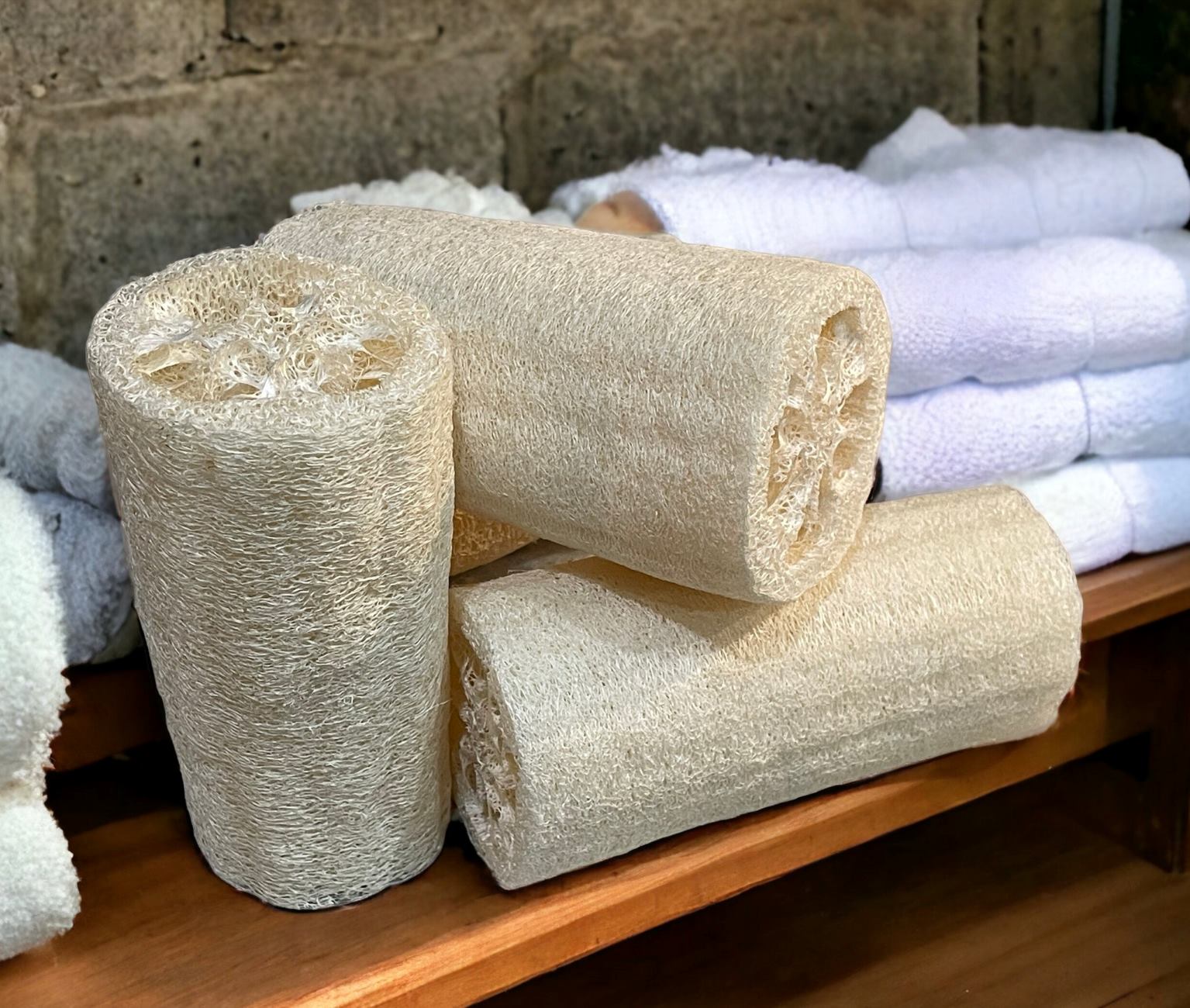

Bathroom Accessories
What Is A Loofah For
Modified: February 18, 2024
Discover the benefits of using a loofah for exfoliation and cleansing in the shower. Find the perfect bathroom accessories for your daily routine.
(Many of the links in this article redirect to a specific reviewed product. Your purchase of these products through affiliate links helps to generate commission for Storables.com, at no extra cost. Learn more)
Introduction
When it comes to enhancing our daily bathing rituals, the use of bathroom accessories can make a significant difference. One such accessory that has gained popularity for its exfoliating and cleansing properties is the loofah. Whether you're a skincare enthusiast or simply seeking a refreshing shower experience, understanding the benefits and proper usage of a loofah can elevate your self-care routine to new heights.
The loofah, also known as a luffa or sponge gourd, is a natural exfoliating tool that has been utilized for centuries to promote healthy skin. Its origins can be traced back to tropical and subtropical regions, where the fibrous interior of the luffa plant is harvested and processed into the familiar porous sponge that we use today. This eco-friendly and biodegradable material sets the loofah apart from synthetic alternatives, aligning with the growing trend of sustainable living and eco-conscious consumer choices.
As a versatile bathroom accessory, the loofah offers a gentle yet effective way to slough away dead skin cells, stimulate blood circulation, and promote a radiant complexion. Its textured surface provides a mild exfoliation, making it suitable for various skin types, including sensitive skin. Additionally, the porous nature of the loofah allows for thorough lathering and distribution of cleansing products, ensuring a more efficient and enjoyable bathing experience.
In the following sections, we will delve deeper into the world of loofahs, exploring their benefits, proper usage, and the different types available. By gaining a comprehensive understanding of this natural exfoliating tool, you can make informed decisions about incorporating it into your skincare regimen. Whether you're seeking to invigorate your morning shower routine or indulge in a spa-like pampering session, the loofah stands ready to elevate your self-care experience.
Key Takeaways:
- Elevate your bathing experience with a loofah! It gently exfoliates, promotes radiant skin, and enhances cleansing. Choose from various types for a spa-like pampering at home.
- Keep your loofah clean and effective! Rinse and air dry after each use, replace regularly, and avoid sharing to maintain optimal hygiene and healthy skin.
Read more: What Is A Loofah
What is a Loofah?
A loofah, also known as a luffa or sponge gourd, is a natural exfoliating tool that has been utilized for centuries to promote healthy skin. It is derived from the fibrous interior of the luffa plant, a vine in the cucumber family that thrives in tropical and subtropical regions. The plant produces long, cylindrical fruits that, when matured, can be harvested and processed into the familiar porous sponge that we use in our daily bathing rituals.
The eco-friendly and biodegradable nature of the loofah sets it apart from synthetic alternatives, making it a popular choice for individuals seeking sustainable and environmentally conscious products. Its porous and fibrous structure allows for gentle exfoliation, making it suitable for various skin types, including sensitive skin. The texture of the loofah aids in sloughing away dead skin cells, promoting blood circulation, and leaving the skin feeling rejuvenated and smooth.
The porous nature of the loofah also makes it an excellent tool for distributing and lathering cleansing products. Whether it's a luxurious body wash or a nourishing shower gel, the loofah ensures thorough coverage and efficient cleansing, enhancing the overall bathing experience.
In addition to its skincare benefits, the loofah can also be used to stimulate and invigorate the skin, making it an ideal accessory for those seeking a spa-like pampering session at home. Its versatility extends beyond exfoliation, as it can also be used for gentle massage, further enhancing the relaxation and rejuvenation that comes with a thorough cleansing routine.
Overall, the loofah stands as a natural, sustainable, and effective tool for promoting healthy skin and enhancing the bathing experience. Its rich history and time-tested benefits make it a valuable addition to any self-care regimen, offering a simple yet impactful way to elevate daily skincare rituals.
Benefits of Using a Loofah
Using a loofah offers a myriad of benefits that go beyond just cleansing the skin. The gentle exfoliation provided by a loofah helps to remove dead skin cells, unclog pores, and stimulate blood circulation, resulting in a smoother and more radiant complexion. This natural exfoliating tool is particularly beneficial for individuals with dry or rough skin, as it aids in sloughing off rough patches and promoting skin renewal.
Furthermore, the textured surface of the loofah enhances the lathering and distribution of cleansing products, ensuring a more thorough and efficient cleanse. This not only maximizes the effectiveness of the cleansing products but also provides a more invigorating and refreshing bathing experience.
In addition to its skincare benefits, using a loofah can also promote relaxation and rejuvenation. The gentle massaging action of the loofah on the skin can help relieve tension and promote a sense of well-being, making it an ideal accessory for those seeking a spa-like pampering session at home.
From an environmental standpoint, opting for a loofah made from natural fibers aligns with sustainable living practices. Unlike synthetic sponges, loofahs are biodegradable and eco-friendly, making them a conscious choice for individuals looking to minimize their environmental impact.
Overall, the benefits of using a loofah extend beyond just skincare. Its exfoliating properties, ability to enhance cleansing, and potential for promoting relaxation make it a valuable addition to any self-care routine. By incorporating a loofah into your bathing ritual, you can enjoy a rejuvenating and effective skincare experience while contributing to sustainable and eco-friendly lifestyle practices.
A loofah is used to exfoliate and cleanse the skin. To use it, wet the loofah and apply soap, then gently scrub your body in circular motions. Rinse and hang to dry after use to prevent bacteria growth.
How to Use a Loofah
Using a loofah effectively can significantly enhance your bathing experience and skincare routine. To begin, it's essential to wet the loofah thoroughly, allowing it to expand and soften. Once dampened, apply a small amount of your preferred body wash or cleansing product directly onto the surface of the loofah.
Next, gently massage the loofah over your body using circular motions, starting from your limbs and working your way towards the center of your body. The textured surface of the loofah aids in exfoliation, helping to remove dead skin cells and promote smoother, healthier skin. Take care to avoid applying excessive pressure, especially on sensitive areas, to prevent irritation.
As you use the loofah, you'll notice that it creates a rich lather, ensuring thorough coverage and cleansing. This lathering action not only maximizes the effectiveness of your chosen cleansing product but also provides a more invigorating and refreshing bathing experience.
After cleansing, rinse your body thoroughly to remove any residual lather and exfoliated skin. Once you've finished, gently squeeze out any excess water from the loofah and allow it to air dry in a well-ventilated area. Properly drying the loofah after each use helps prevent the growth of bacteria and prolongs its lifespan.
It's important to note that regular cleaning and maintenance of the loofah are essential to prevent the buildup of bacteria and mold. To clean the loofah, thoroughly rinse it after each use and allow it to air dry completely. Additionally, consider soaking the loofah in a diluted bleach solution or running it through a hot washing machine cycle periodically to disinfect it.
By incorporating these simple yet effective steps into your bathing routine, you can maximize the benefits of using a loofah while ensuring proper hygiene and care. Whether you're seeking to invigorate your skin, promote relaxation, or simply elevate your self-care experience, mastering the art of using a loofah can transform your daily bathing ritual into a rejuvenating and indulgent affair.
Types of Loofahs
Loofahs come in various types, each offering unique characteristics and benefits to cater to different preferences and skincare needs. Understanding the distinctions between these types can help individuals make informed choices when selecting a loofah for their bathing routine.
-
Natural Loofah: This type of loofah is derived from the fibrous interior of the luffa plant, making it a biodegradable and eco-friendly option. Natural loofahs are known for their gentle exfoliating properties, making them suitable for individuals with sensitive skin. They are available in different shapes and sizes, allowing users to choose the one that best suits their needs.
-
Synthetic Loofah: Unlike natural loofahs, synthetic loofahs are typically made from materials such as nylon or polyester. While they may offer a softer texture compared to natural loofahs, they are not biodegradable and may not provide the same level of exfoliation. However, some individuals may prefer the softer feel of synthetic loofahs for daily cleansing.
-
Loofah Mitt: A loofah mitt is a convenient and versatile option for exfoliation and cleansing. Shaped like a glove, it allows for a more controlled and targeted exfoliation experience. The mitt design also provides a secure grip, making it easier to maneuver and massage the skin during bathing.
-
Dual-Sided Loofah: This type of loofah features two distinct textures on each side, offering a combination of gentle exfoliation and smoother cleansing. The dual-sided design allows users to customize their exfoliation experience based on their skin's needs, making it a versatile choice for individuals with varying skin textures and concerns.
-
Long-Handled Loofah: Ideal for reaching difficult-to-access areas of the body, long-handled loofahs feature an extended handle that allows for better maneuverability. This type of loofah is particularly beneficial for individuals with limited mobility or those who require assistance in reaching their back and other areas during bathing.
-
Infused Loofahs: Some loofahs are infused with additional ingredients such as charcoal, aloe vera, or essential oils to provide enhanced skincare benefits. These infused loofahs offer added nourishment and therapeutic properties, catering to specific skin concerns and preferences.
By exploring the various types of loofahs available, individuals can select the option that best aligns with their skincare goals, preferences, and environmental values. Whether prioritizing sustainability, seeking targeted exfoliation, or desiring added skincare benefits, the diverse range of loofah types ensures that there is a suitable option for every individual's bathing and self-care needs.
Read more: What Plant Is A Loofah
Tips for Caring for Your Loofah
Proper care and maintenance are essential for ensuring the longevity and hygiene of your loofah. By implementing the following tips, you can maximize the effectiveness of your loofah while promoting a clean and healthy bathing experience.
-
Rinse and Air Dry: After each use, thoroughly rinse the loofah under running water to remove any residual soap, body wash, or exfoliated skin. Squeeze out excess water and allow the loofah to air dry in a well-ventilated area. Proper drying helps prevent the growth of bacteria and mold, preserving the integrity of the loofah.
-
Regular Cleaning: To prevent the buildup of bacteria, it's important to clean your loofah regularly. Consider soaking the loofah in a diluted bleach solution or running it through a hot washing machine cycle. This disinfection process helps eliminate any lingering bacteria and ensures a hygienic bathing accessory.
-
Replace When Necessary: Over time, loofahs can accumulate bacteria and lose their effectiveness. It's advisable to replace your loofah every 3 to 4 weeks, especially if you notice signs of wear and tear or a lingering musty odor. Regular replacement ensures that you are using a clean and efficient exfoliating tool.
-
Avoid Prolonged Moisture: To prevent the growth of mold and mildew, avoid leaving the loofah in a damp or humid environment for an extended period. After each use, ensure that the loofah is thoroughly dried and stored in a well-ventilated area. This practice helps maintain the hygiene and quality of the loofah.
-
Individual Use: It's best to use a loofah for individual personal use only. Sharing loofahs can lead to the transfer of bacteria and germs, increasing the risk of skin irritation and infections. Each individual should have their own designated loofah to maintain optimal hygiene.
-
Inspect for Damage: Regularly inspect your loofah for signs of damage, such as fraying or deterioration. If you notice any damage, it's time to replace the loofah to prevent potential skin irritation and ensure effective exfoliation.
By incorporating these simple yet crucial tips into your loofah care routine, you can ensure that your bathing accessory remains clean, effective, and conducive to healthy skin. Proper care not only prolongs the lifespan of the loofah but also contributes to a hygienic and enjoyable bathing experience, allowing you to reap the full benefits of this natural exfoliating tool.
Frequently Asked Questions about What Is A Loofah For
Was this page helpful?
At Storables.com, we guarantee accurate and reliable information. Our content, validated by Expert Board Contributors, is crafted following stringent Editorial Policies. We're committed to providing you with well-researched, expert-backed insights for all your informational needs.
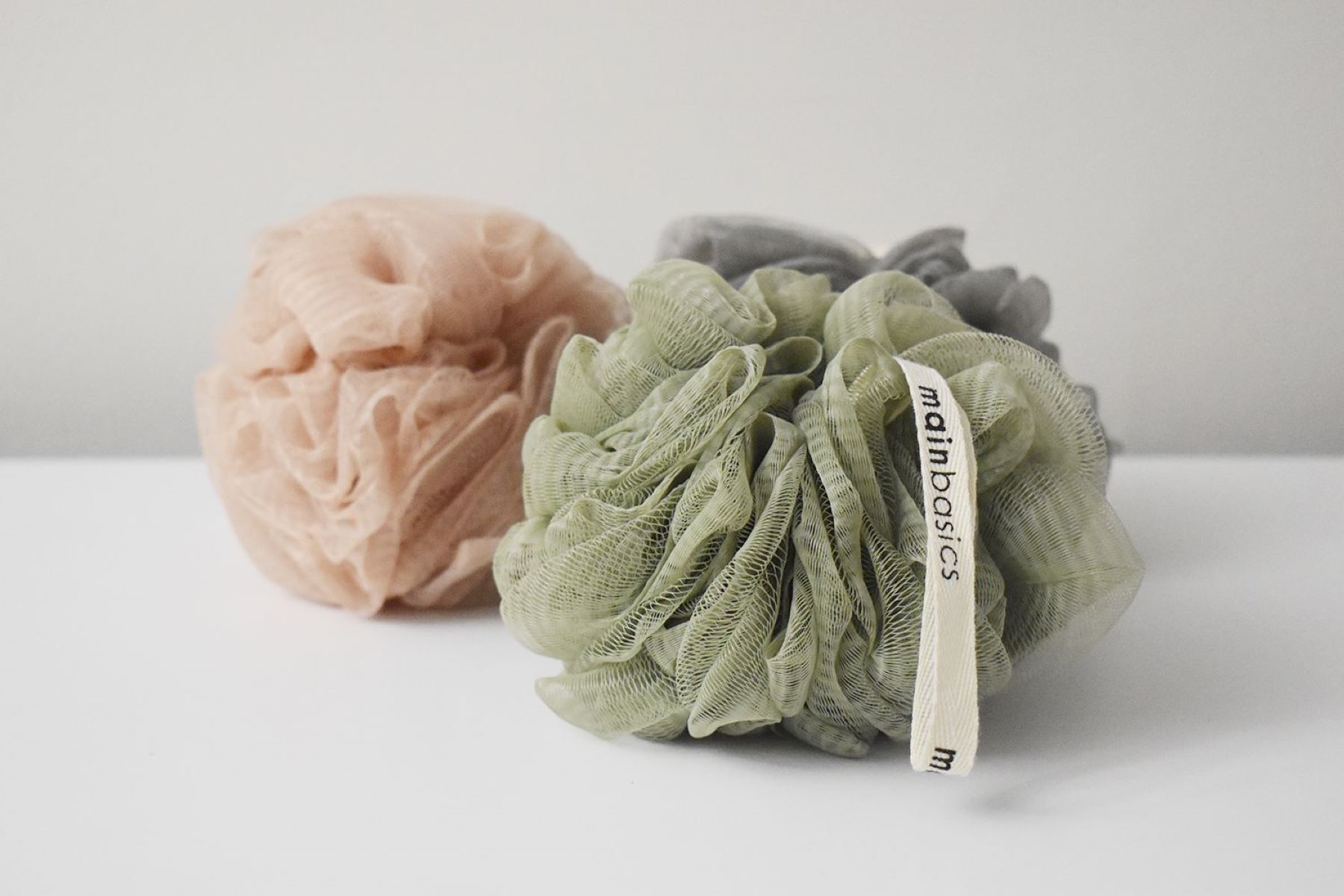
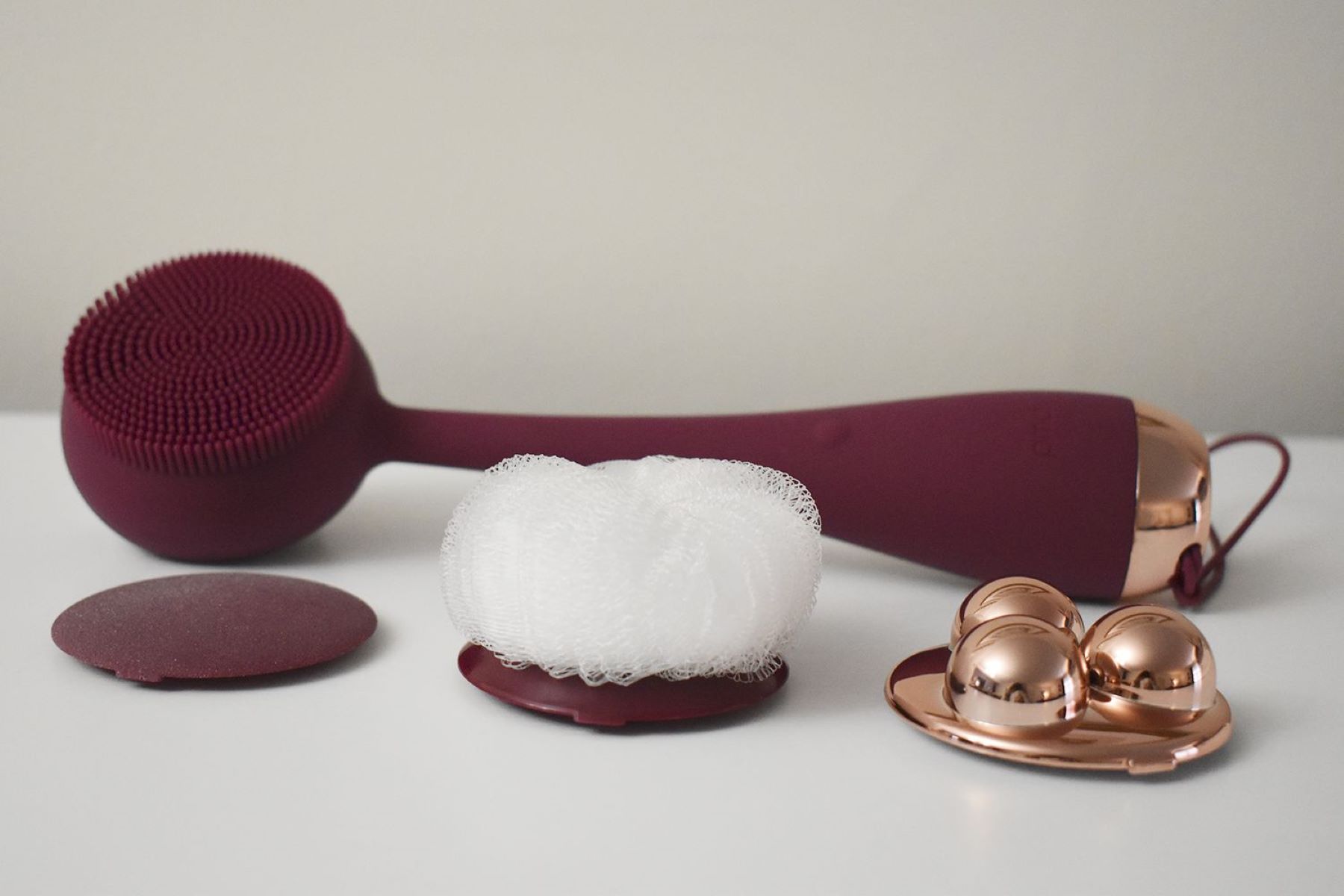
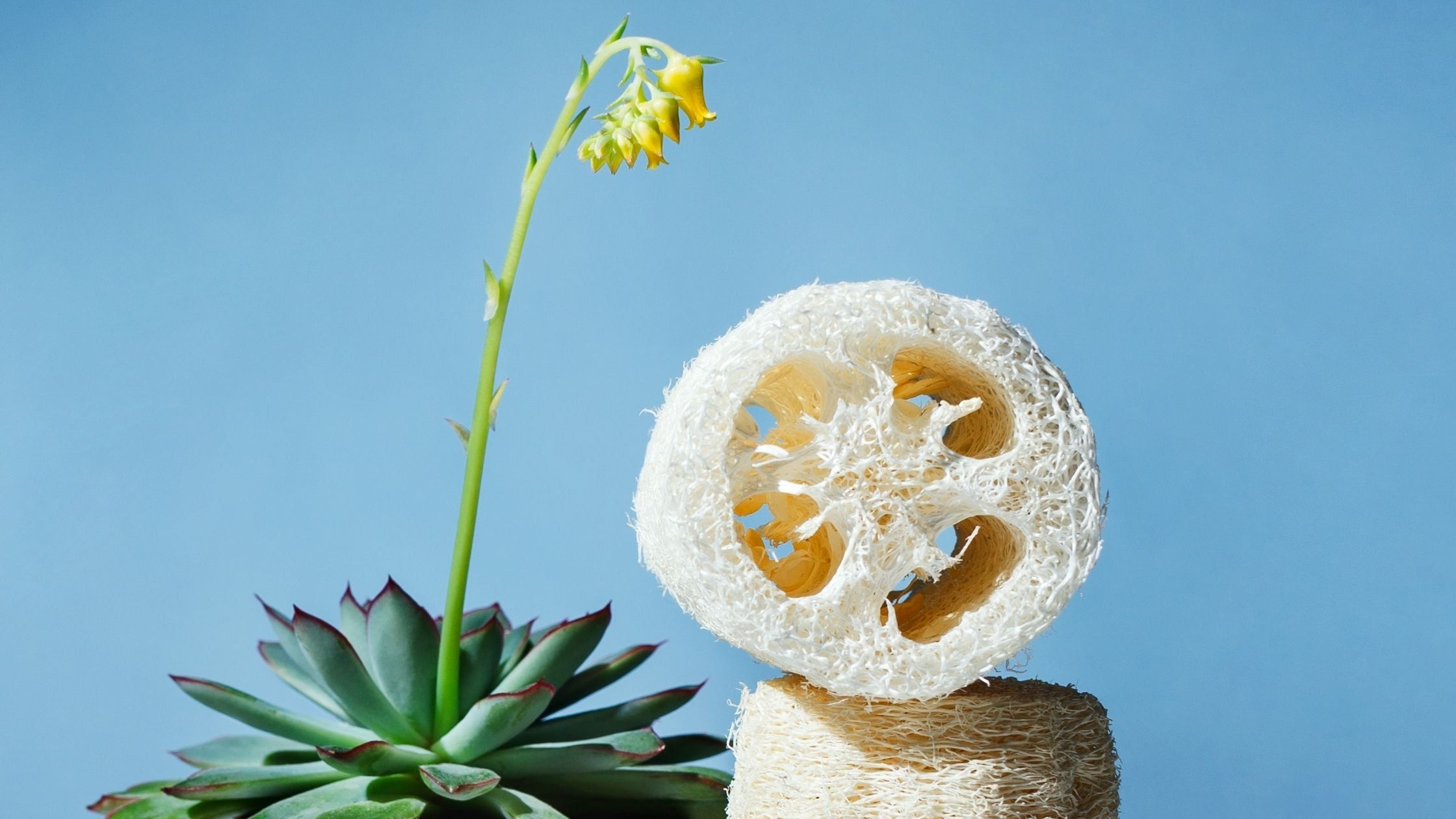
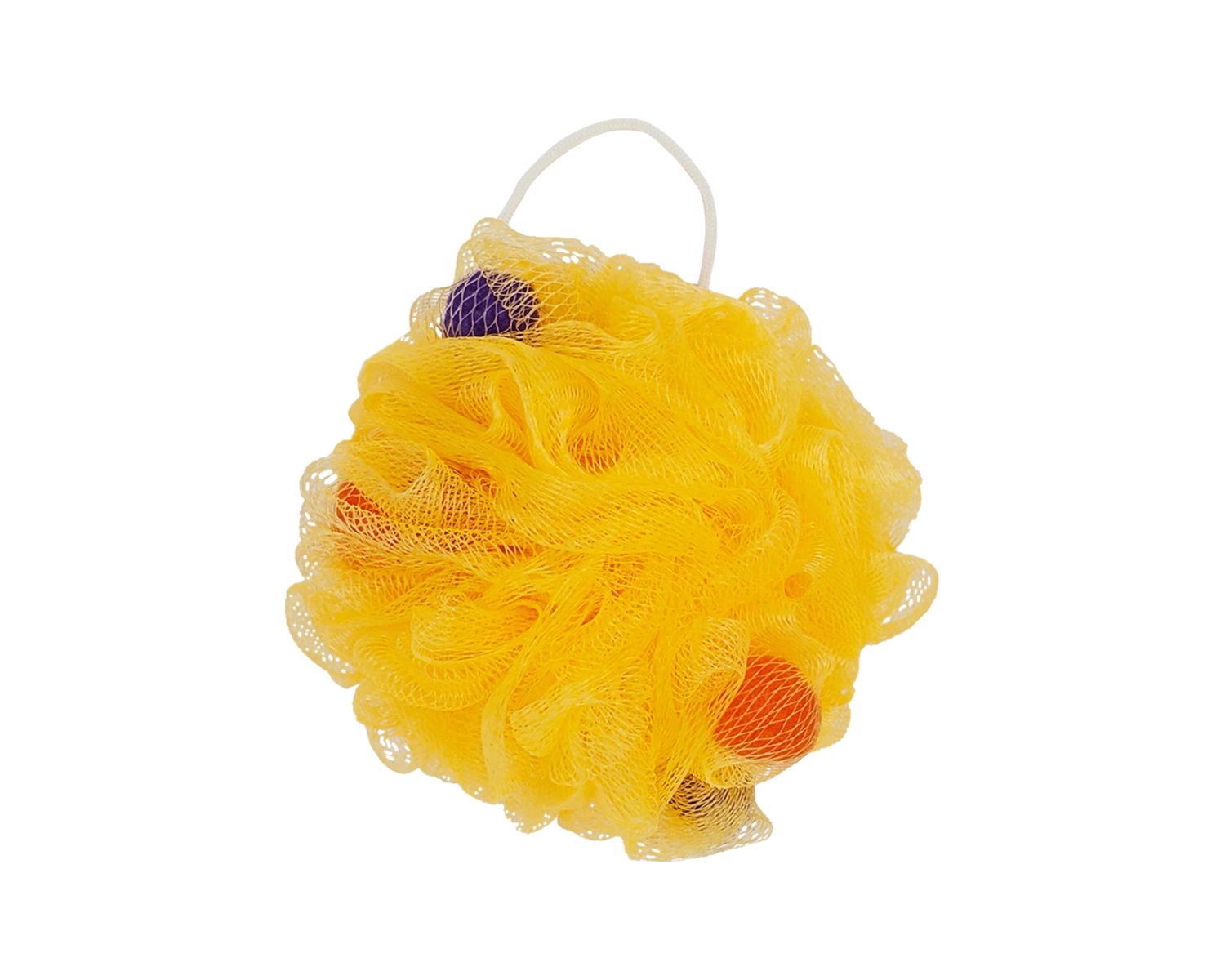
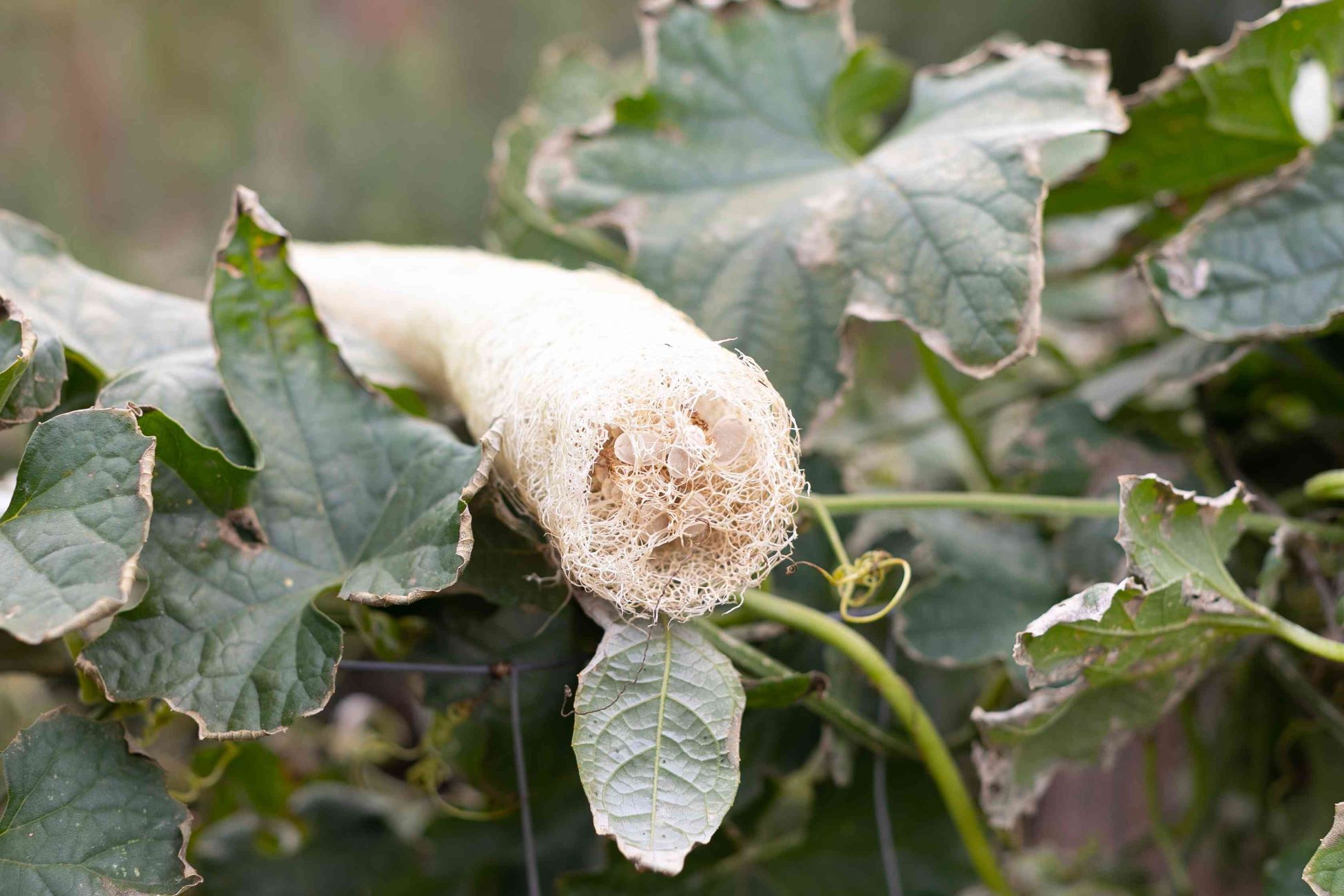
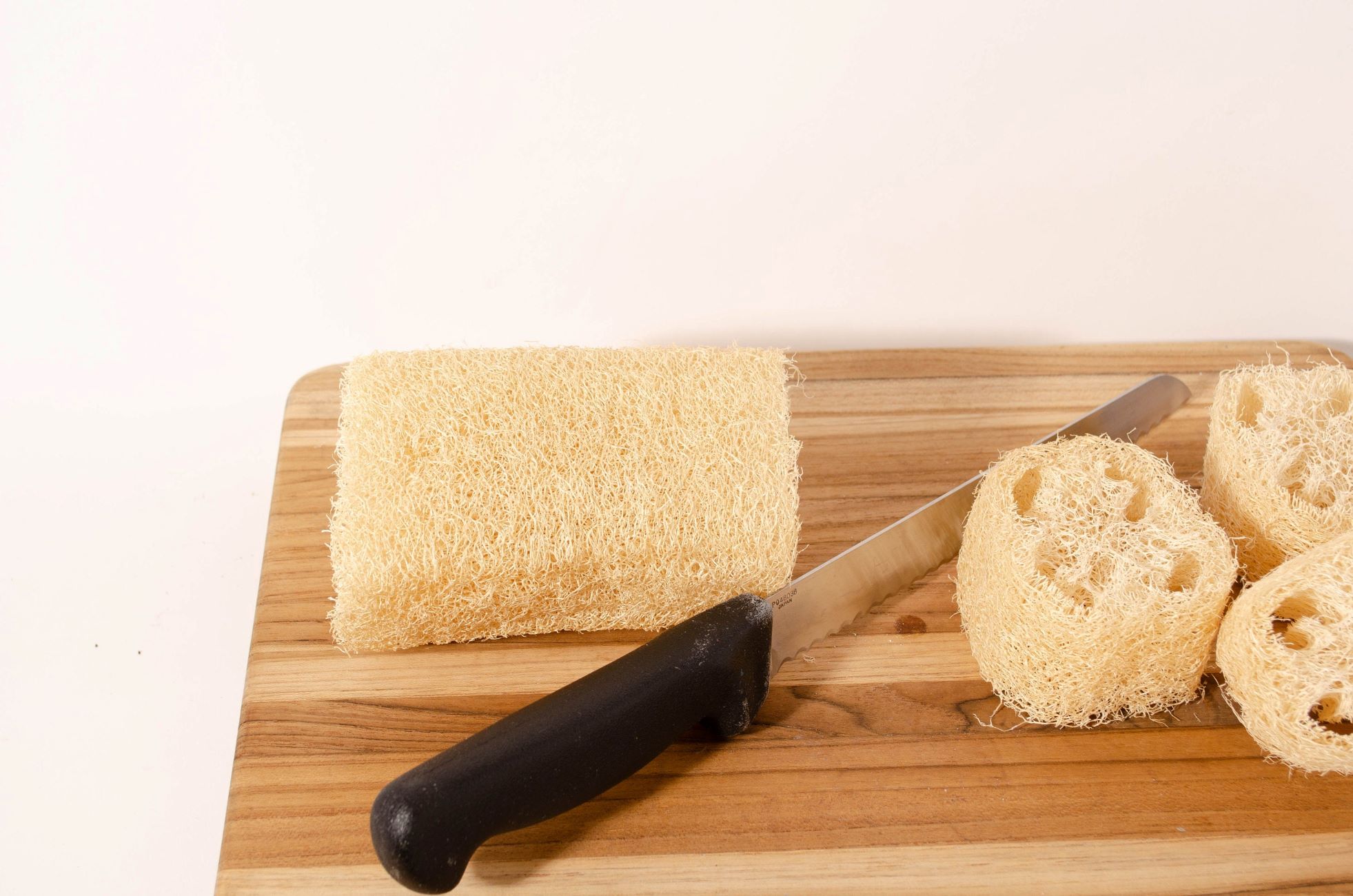
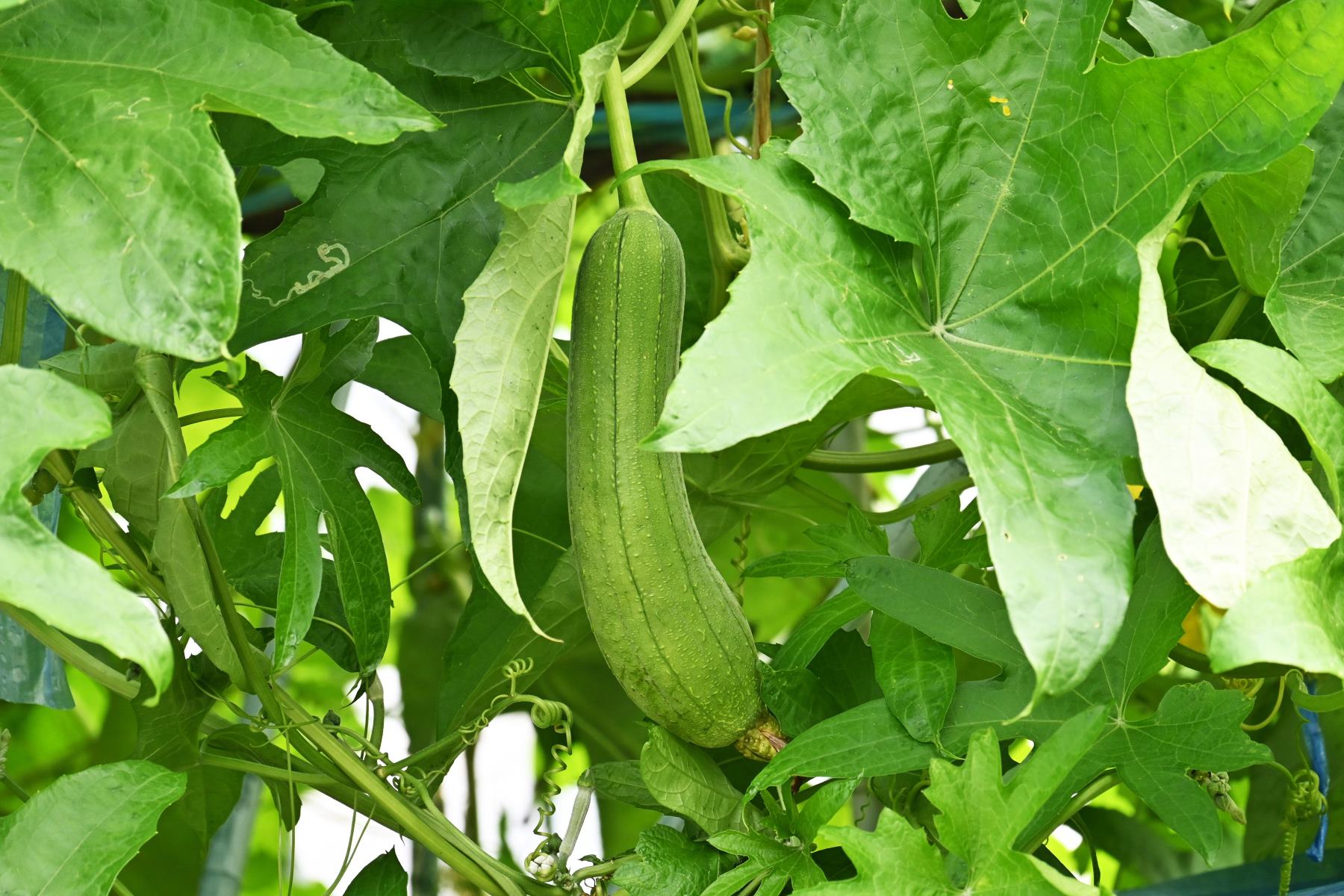
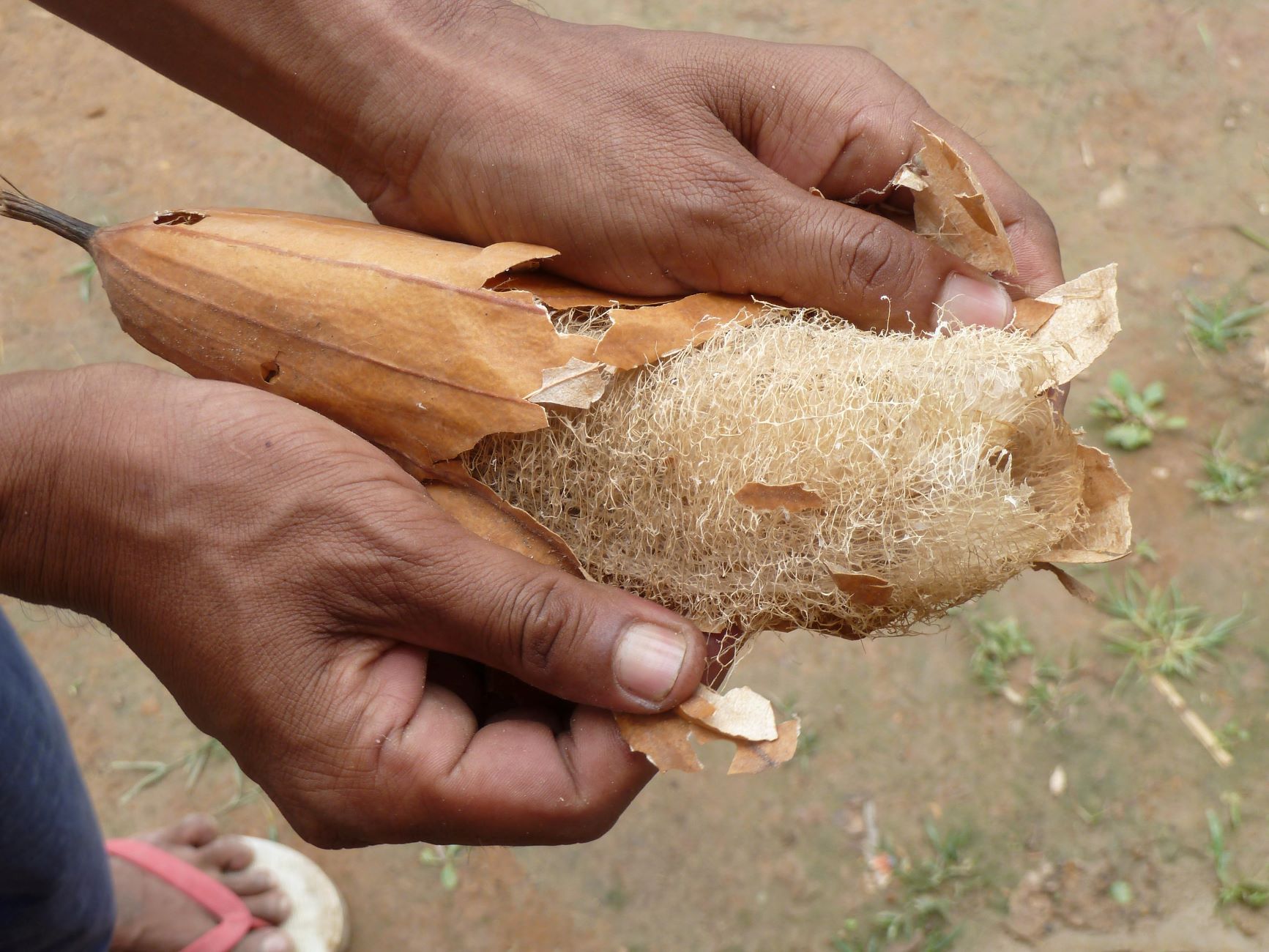
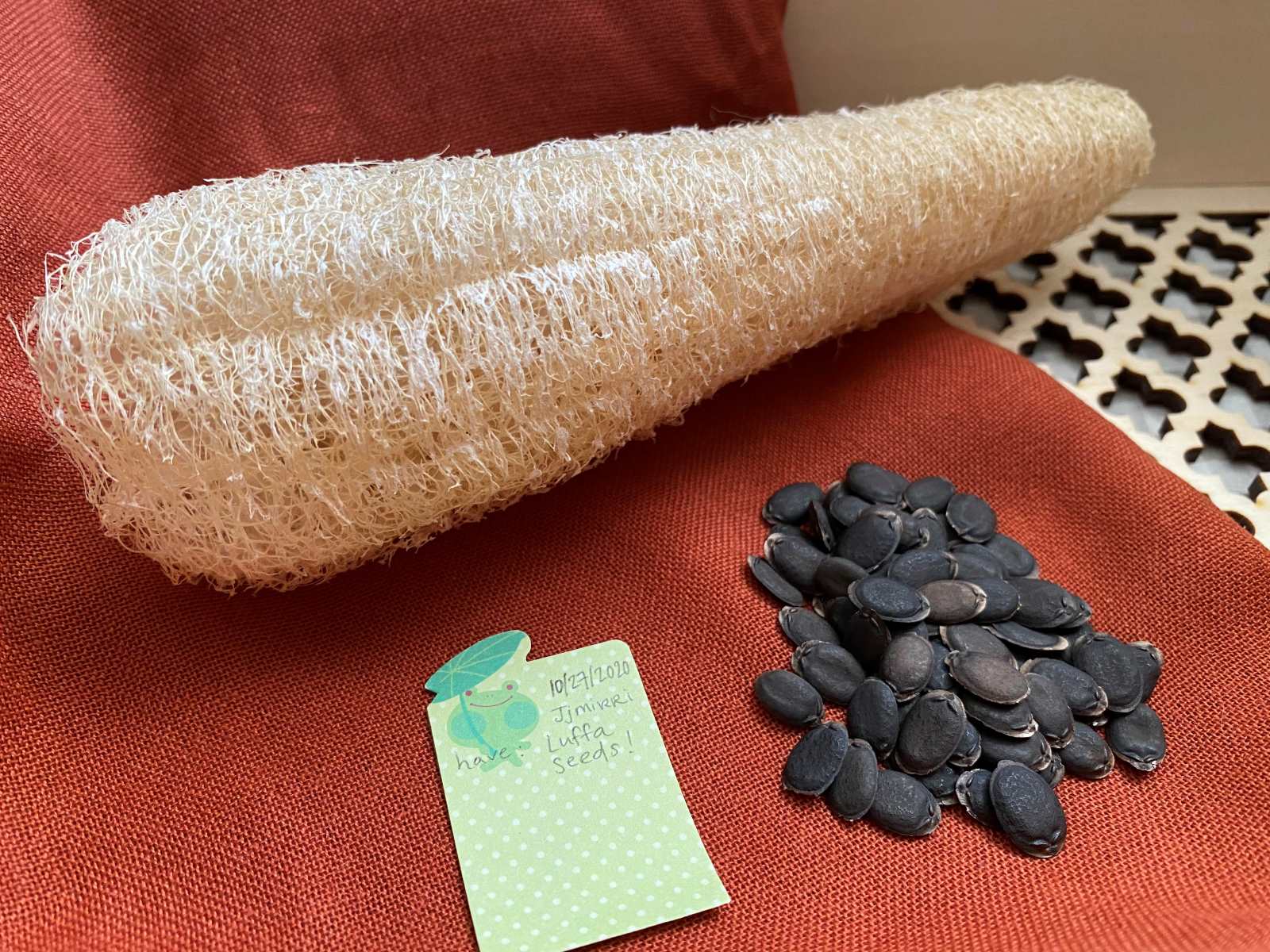
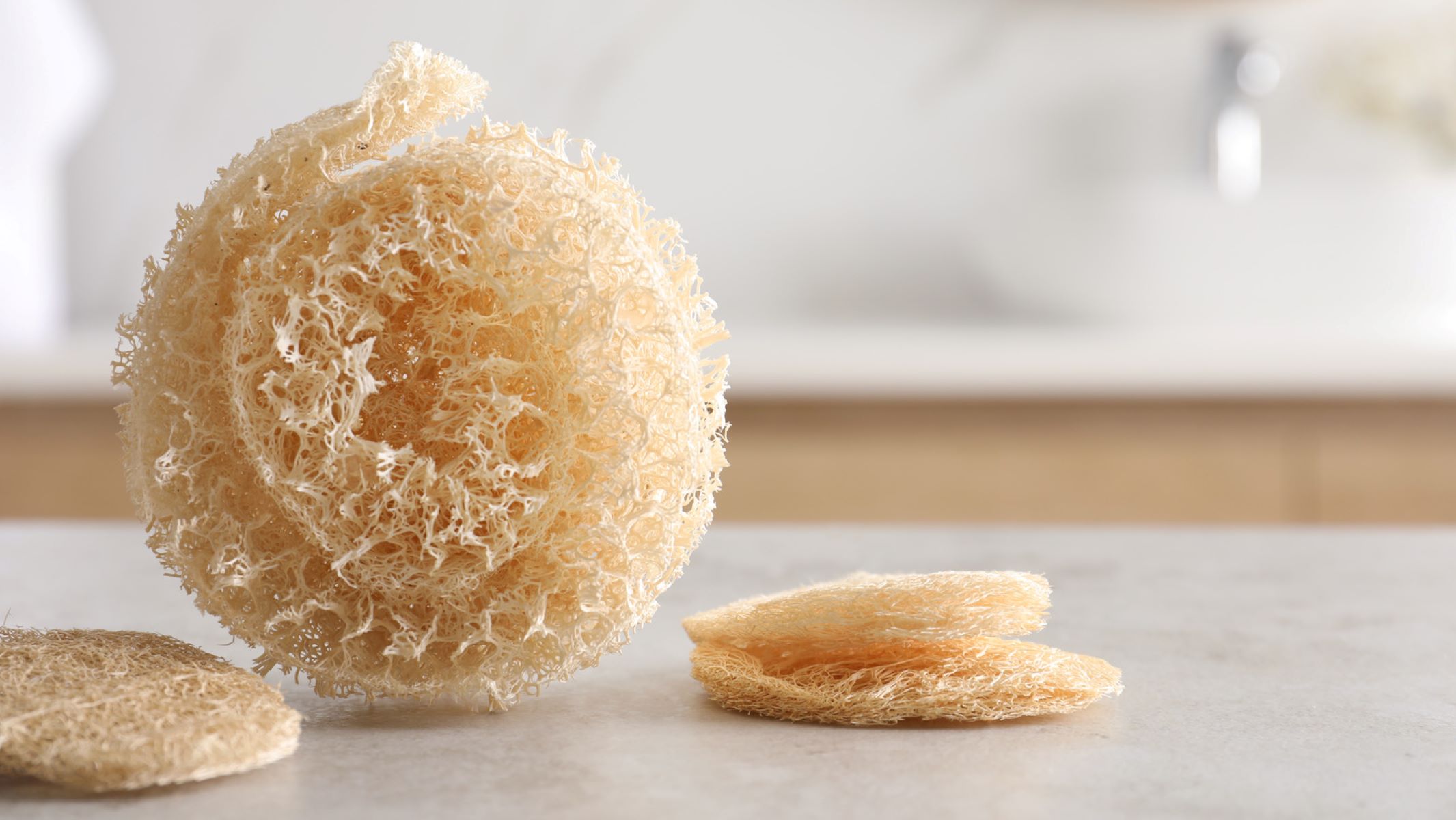
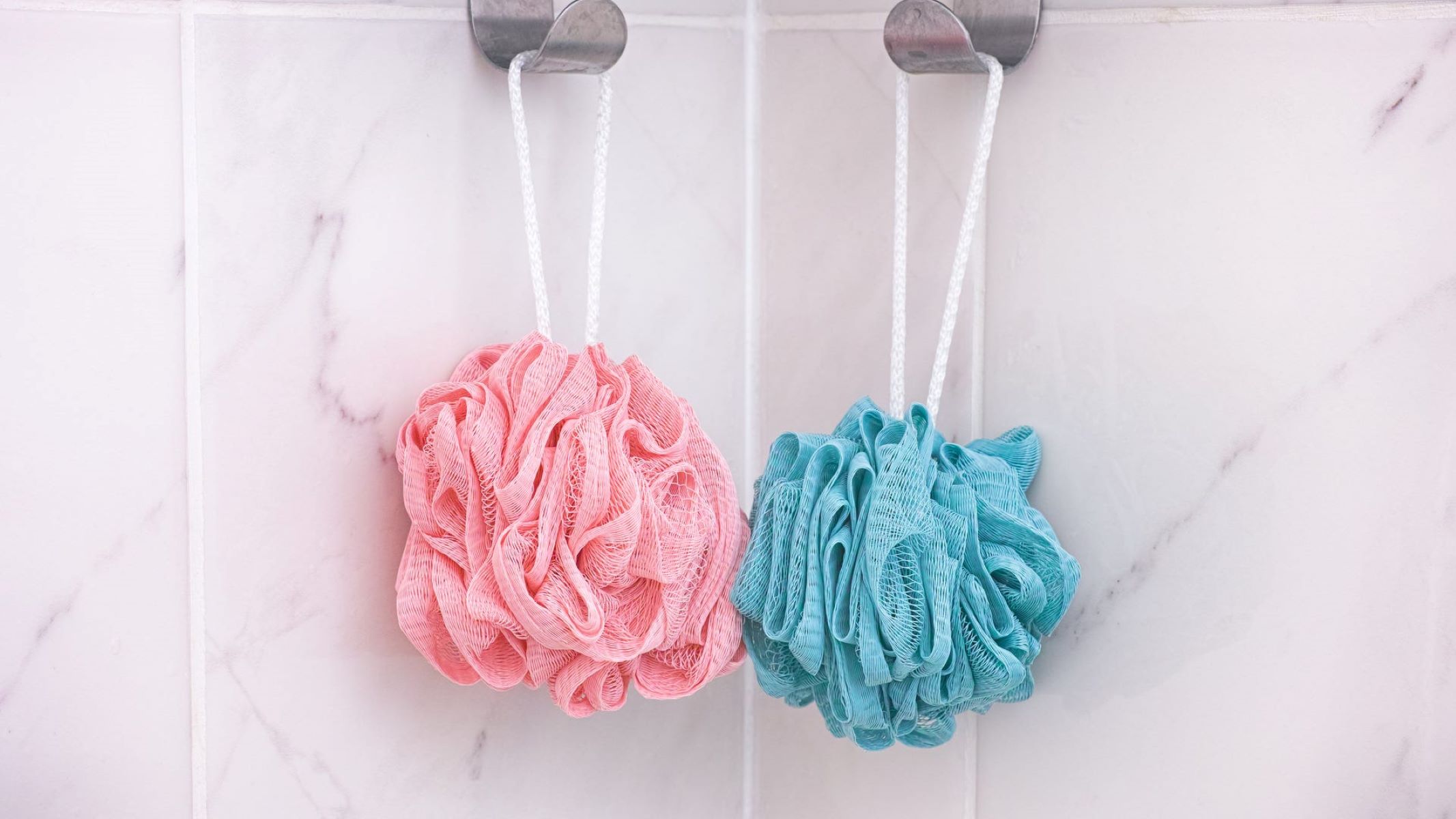
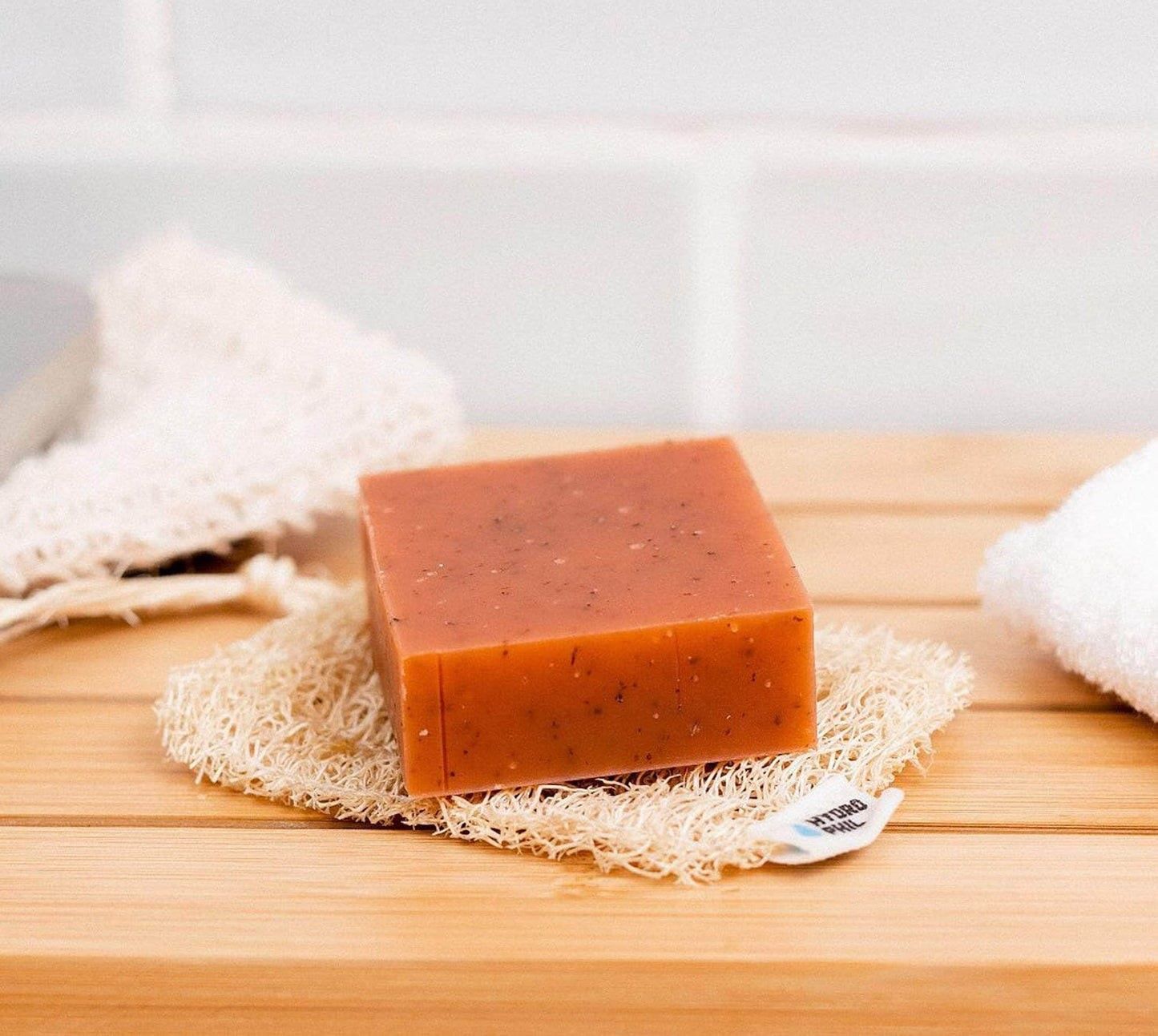
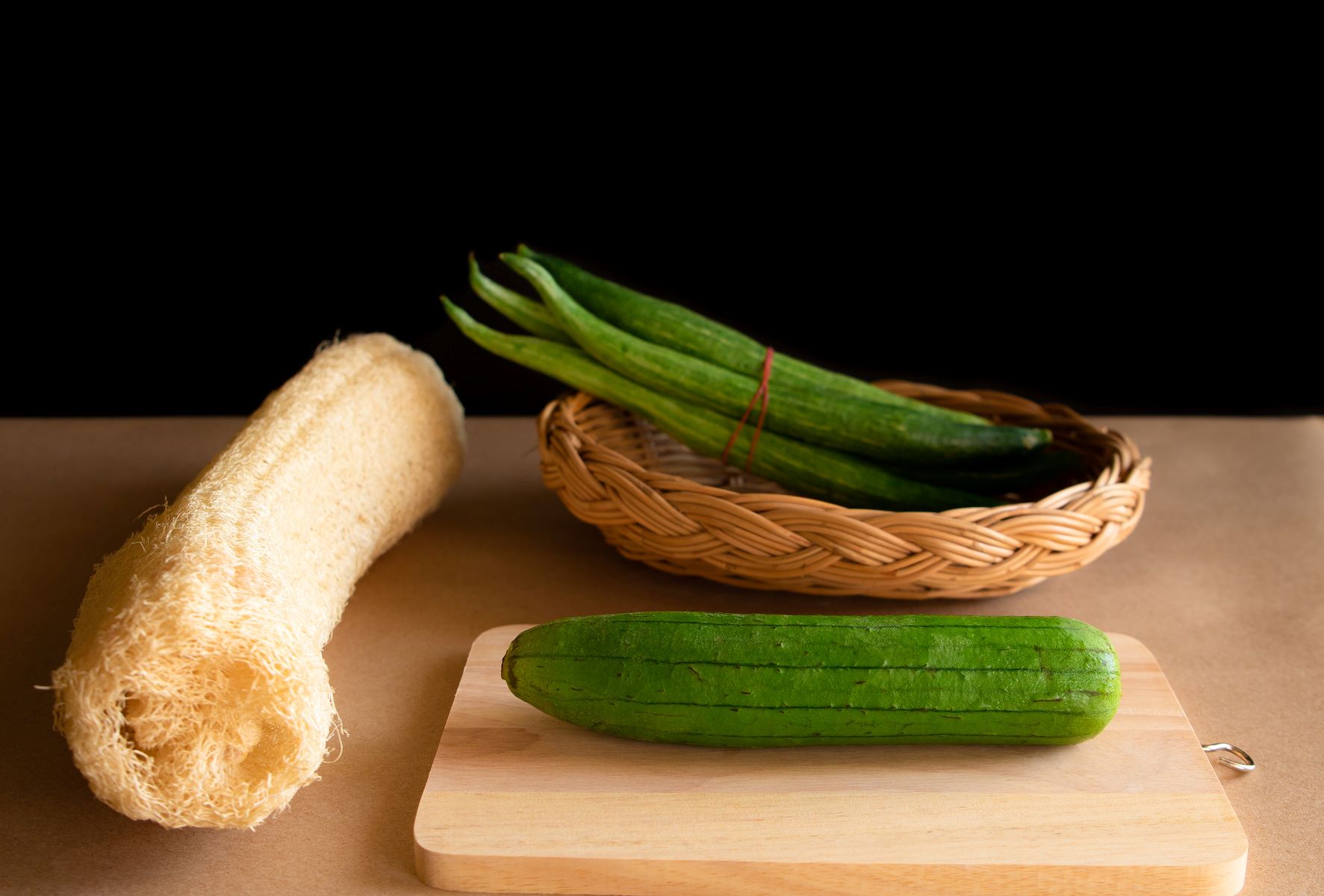
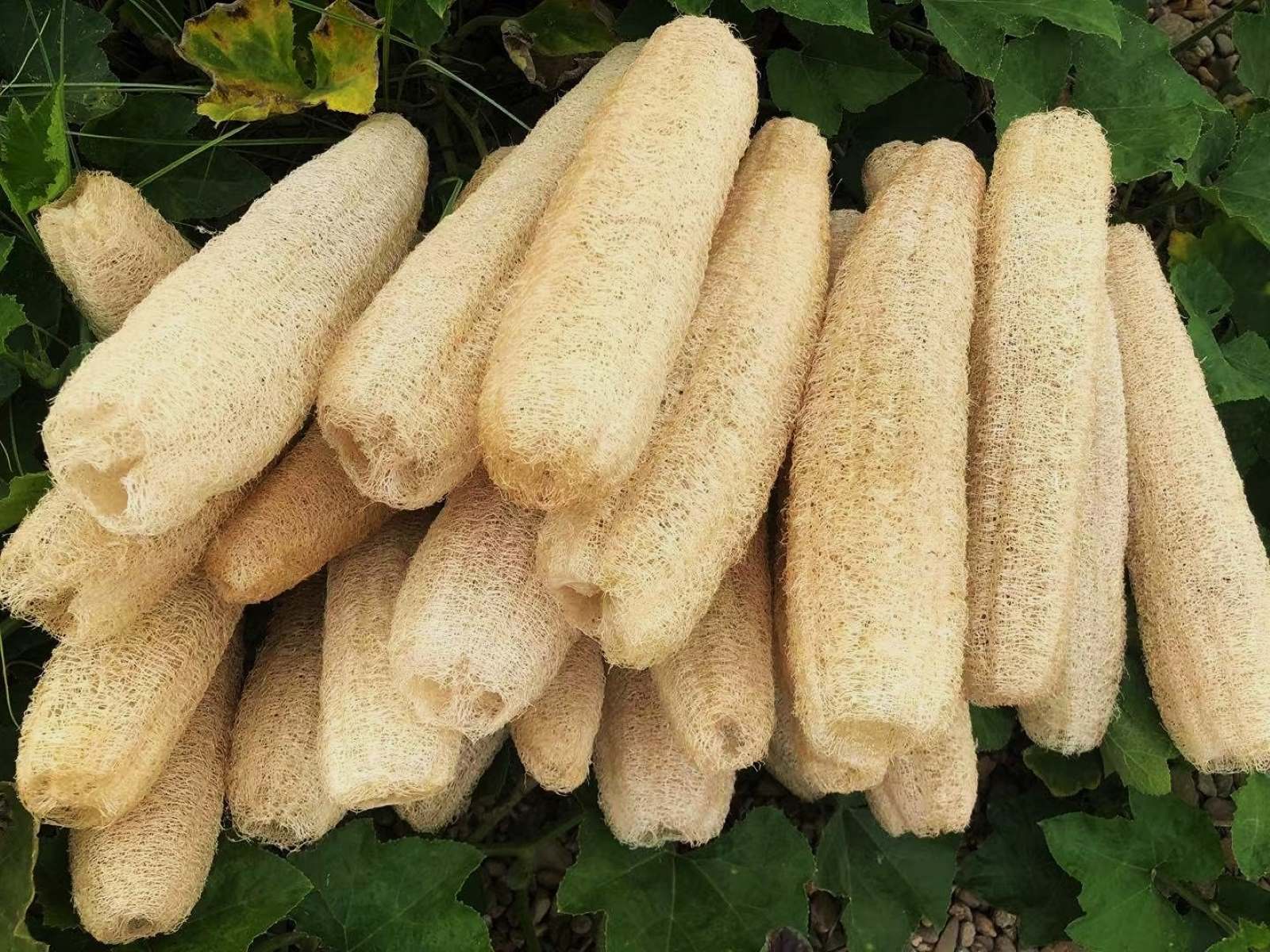

0 thoughts on “What Is A Loofah For”